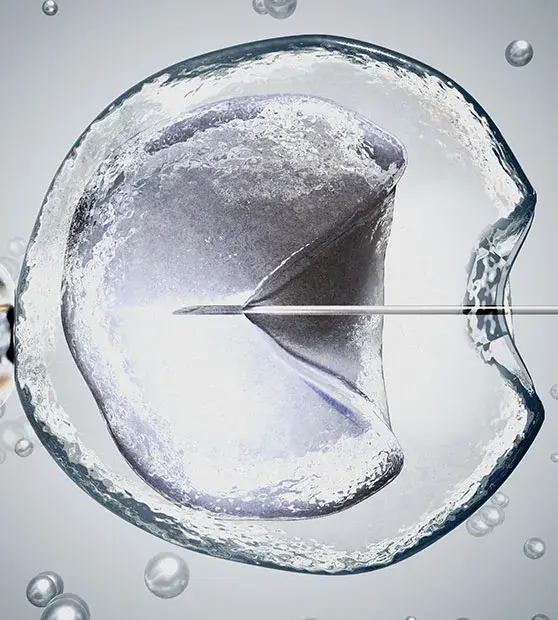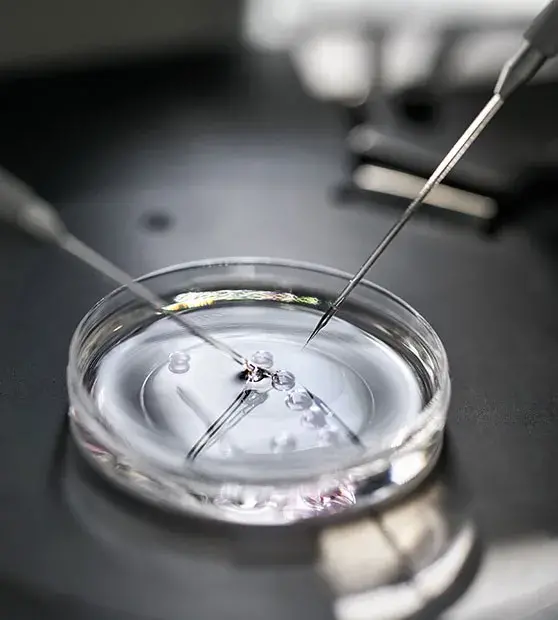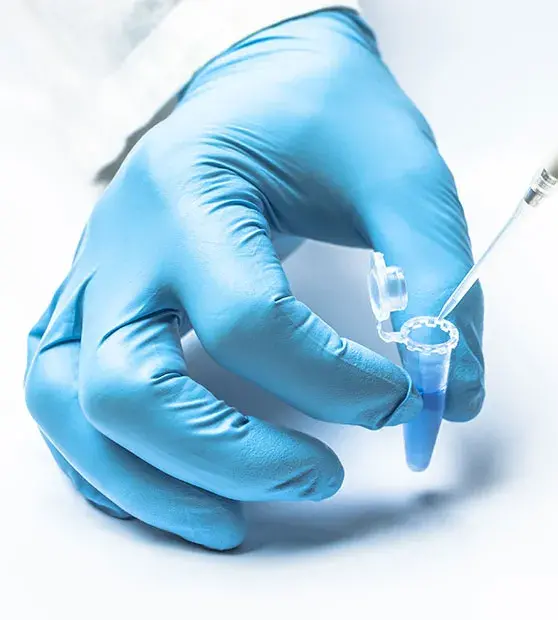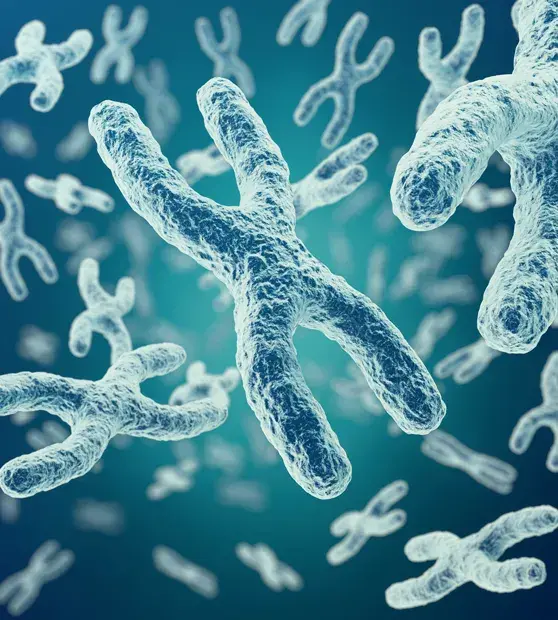A woman’s reproductive organs (uterus and cervix) play a key role in natural conception and healthy pregnancy. But the normal working of these organs can get affected due to certain structural and hereditary conditions. This leads to fertility problems.
What type of issues in the cervix brings about infertility?
The cervix consists of glands that produce fluid. This cervical fluid transports sperm during the fertilization process. Sperm gets inserted into the vagina and swims in the fluid into the uterus. The fluid contains a high amount of nutrients and has a specific consistency to promote the transport of sperm. If the cervical lining becomes too thick or sticky, it may disturb the transport of sperm.
Another issue of genetic deformity or damage to the cervix, referred to as Cervical Stenosis, may develop. This may result in the narrowing of the cervix. This might create a problem in sperm transport into the uterus.
What the uterine factors that result in infertility?
- Fibroids or Polyps: Abnormal growths (polyps or uterine fibroids) obstruct embryonic growth and development. These non-cancerous growths are common in females. Based on their location and size, they may inhibit fallopian tubes or become an obstacle in implantation.
- Inborn Deformities: Uterine deformities can result in problems in attaining a full-term pregnancy. Women with a T-shaped uterus suffer from an enhanced risk of miscarriage, preterm labor.
What are the symptoms of uterine problems?
Mostly no symptoms have been observed. The symptoms are generally diagnosed when females carry trouble in conceiving. However, they can impact the menstrual cycle and bring about pelvic pain.
How are uterine problems diagnosed?
- Imaging – An ultrasound and MRI are done to gain a complete picture of the organs and detect underlying problems.
- Hormone testing – It is done to assess the hormonal levels responsible for reproductive processes.
What is the line of treatment for uterine problems?
- If the extent of the problem is known, then the innate abnormalities are possible to rectify. These rectifications can be performed using a safe and effective minimally invasive laparoscopic technique.
- Medication and hormone therapy also restore the normal production of hormones and fluid or mucus to normalize the standard reproduction process.





